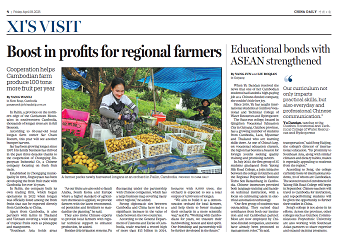Craftsmanship, pillar industries help change people's lives

Wang Xiaoqin, an inheritor of the Qiang ethnicity's handmade embroidery, displays which features centuries-old techniques. HUO YAN/CHINA DAILY
Traditional craftsmanship, including embroidering and rattan plaiting, is undergoing a revival and helping low-income people overcome poverty in Hanzhong city, Northwest China's Shaanxi province.
At the 2019 Silk Road International Exposition, Wang Xiaoqin displayed the making process of distinctive Qiang ethnic handmade embroidery with centuries-old techniques, which won the admiration of many attendees.
Wang was born and raised in the city's Ningqiang county, home to the Qiang ethnic people since ancient times. The county now serves as China's Qiang culture protection experiment zone.
As one of the oldest ethnic groups in the country, Qiang people have many precious cultural assets, including embroidery.
The Qiang embroidery is now listed as a national intangible cultural heritage item. Wang, as an inheritor, said that her mother sparked her interest in the bright handcrafted Qiang cotton and silk works when she was a child. In Ningqiang, many women know how to embroider.
After graduating high school in 1996, Wang worked at a clothing factory to learn design and manufacturing. She later established her own clothing company. In 2008, Wang found out that many women with embroidery skills lived impoverished lives and many traditional embroidery stitchers were about to disappear.
"I must pass down the time-honored craft, like what my mother did," Wang said. "I also want the impoverished Qiang women to have better lives by making embroidery products."
Wang has spent four years learning embroidery herself by visiting folk artists in villages and studying at colleges in Xi'an, Beijing and Suzhou. Her efforts are not in vain. Wang's seven works related to emblems of the 2008 Beijing Olympic Games and the 2022 Winter Olympics are permanently collected by related national stadiums.
With years of business experience, Wang is aware that protecting Qiang embroidery relies on industrialization. Innovating to turn the traditional craft into items that fit contemporary life is also necessary to achieve better profits.

Farmers pick tea leaves at a plantation in Ningqiang county, Hanzhong. LI PING/FOR CHINA DAILY
In 2015, she established a company in Ningqiang that specializes in the design, production and marketing of Qiang embroidery products.
The company has hired many women from nearby villages and migration resettlement areas. For remote towns and villages, Wang set up cooperatives allowing local women to work from home. She also conducts workshops training local women so they can join the cooperatives.
Wang has founded six cooperatives and organized more than 40 training classes for over 3,000 women. More than 1,000 women, including 300 impoverished women, have worked for her company and cooperatives. Each can earn 3,000 yuan ($460) to 20,000 yuan in annual income.
In addition to embroidery, rattan plaiting as a provincial-level intangible cultural heritage item has also made contributions to poverty alleviation in Huangguan town, Hanzhong.
The craftsmanship has thousands of years of history, with products ranging from ancient armors and bridges to modern ceiling lamps, suitcases, baskets, tables and chairs.
Rattan plaited articles in Huangguan are mainly crafted from locally grown vines, which feature strong textures and excellent flexibility.
The heritage inheritor Chen Liangshun has learned rattan plaiting from his father from when he was 7 years old. Chen said rattan plaited products were simple at the time; many were tables and chairs.

Visitors inspect the seeds of the gastrodia elata, a traditional herb, at a production base in Ningqiang, Hanzhong. TIAN CHI/CHINA DAILY
In 1995, Chen visited several rattan plaiting markets in Sichuan, Guizhou and Guangzhou to see their best-selling products and learn about the demands and requirements from customers. After going back home, he has innovated product appearances and types, increasing the simple portfolio to more than 100 kinds.
In 2007, Chen set up a company that turned his manual workshop into a corporate operation. With years of efforts, the company has received orders from across China and even from overseas countries.
"We have established long-term cooperation with Spanish luxury brand Loewe, and also export our products to Russia and the United States every year," he said.
The company has also helped 360 households from five villages earn more money by making rattan plaited products. Each of them can earn an average annual income of 8,000 yuan.
Hanzhong, which is located near the source of the Hanjiang River and boasts an impressive natural environment, is an ideal place to plant tea and traditional Chinese medicinal herbs such as gastrodia elata.
Qianshan Tea Industry, for example, is a leading company in the city that integrates the planting, processing, research and marketing of tea and related products.

The breathtaking scenery of rapeseed flowers in Hanzhong. ZHANG LIREN/FOR CHINA DAILY
Located in Ningqiang county, the company has 200 hectares of tea plantations, which are recognized as a national organic tea planting demonstration zone and one of China's 30 most beautiful tea plantations.
"It often rains at night in Ningqiang, which is suitable for the growth of tea," said Wang Youquan, founder of the company.
The county has a dry climate and a wide difference in temperature between day and night, as well as between summer and winter.
The vast temperature differences lead to less damage by insects and diseases. Such a climate also gives tea a relatively long growth period, resulting in richer nutrient elements and a better taste, he noted.
Planting tea can also prevent soil erosion and clothe barren mountains with greenery, which is beneficial to protecting the environment and developing tourism at the same time, he added.
Moreover, Ningqiang is a major planting and production base of gastrodia elata in China, a traditional herb commonly used to treat hypertension, improve blood circulation and ease headaches.
By the end of 2020, the county was home to 24 gastrodia elata seed production companies, 115 planting companies, 56 processing factories and 160 distributors.
The land used to grow commercial gastrodia elata covers a total area of 1,731 hectares, with an annual output value reaching 800 million yuan. More than 33,000 farmers have benefited from the industry, according to the local government.
All rights Reserved. 京ICP备13028878号-8







 Overview
Overview Guiyang
Guiyang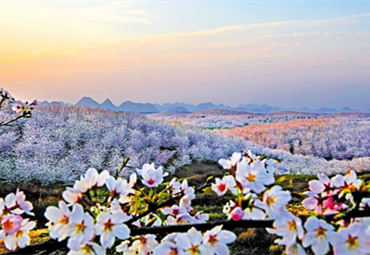 Guian New Area
Guian New Area Liupanshui
Liupanshui Anshun
Anshun Qianxinan
Qianxinan Qiandongnan
Qiandongnan Qiannan
Qiannan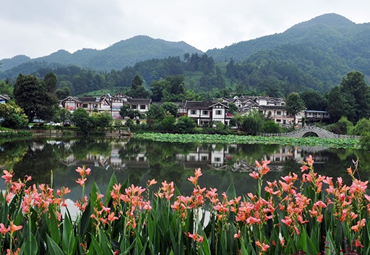 Zunyi
Zunyi Tongren
Tongren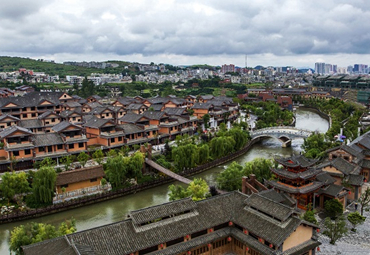 Bijie
Bijie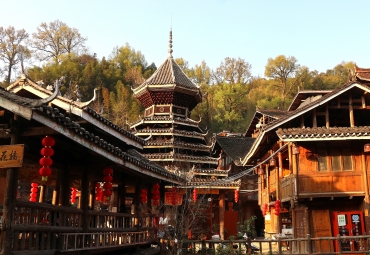 Guizhou commits to culture preservation and rural vitalization
Guizhou commits to culture preservation and rural vitalization Guizhou voice at 2025 national two sessions
Guizhou voice at 2025 national two sessions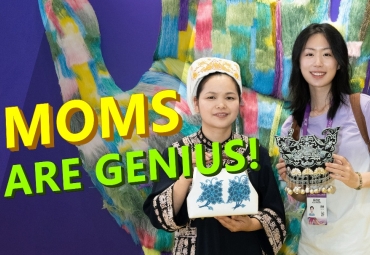 Meet the 'genius moms' at Shenzhen cultural fair
Meet the 'genius moms' at Shenzhen cultural fair 
